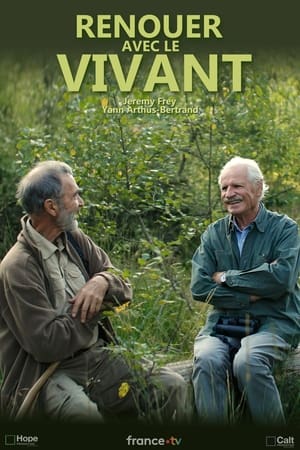
In the Garden of Sounds(2010)
«Nel giardino dei suoni» («In The Garden of Sounds») is a touching, poetic exploration of the relationship between mind, body and sound, and a cinematic journey to the borders of communication. Nicola Bellucci tells the extraordinary story of Wolfgang Fasser, a blind musician and soundscape artist who works with severely handicapped children, helping them to find their place in a world not made for them. On his own way into the darkness, Fasser discovered the world of sounds, a parallel universe to our visual world. His far-reaching explorations of sound’s effect on mind and body led him to the field of music therapy.

Movie: In the Garden of Sounds
Video Trailer In the Garden of Sounds
Similar Movies
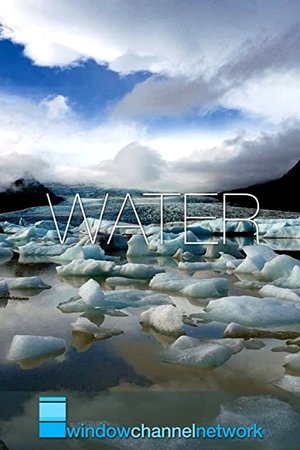 5.0
5.0Water(en)
Take a four-minute journey to some of the planet’s most spectacular glaciers, waterfalls, beaches, rivers and waterways. Destinations include, Iceland, Igauzu Falls Brazil, Atchafalaya Basin Louisiana, Lake Tahoe California, Black Canyon of the Gunnison Colorado, and Punta Cana, Dominican Republic.
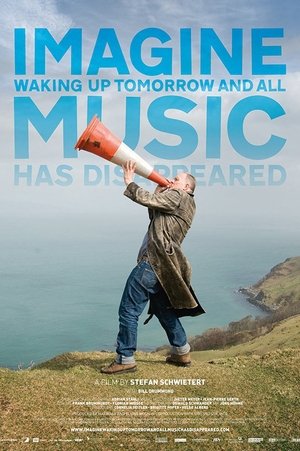 6.0
6.0Imagine Waking Up Tomorrow and All Music Has Disappeared(en)
Imagine waking up tomorrow and all music has disappeared. Just like that. What will remain when it is all gone: CDs, iPods, instruments?
Wings of Silence(en)
The natural history of owls through the eyes of the eccentric naturalist, John Young. Using his incredible camera skills, John transports us into the mysterious world of Australia's owls and leaves us with a challenge to protect these beautiful birds.
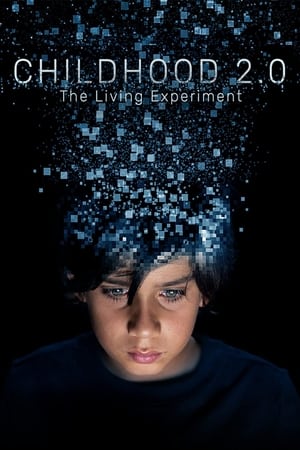 7.0
7.0Childhood 2.0(en)
For the first time in history, mental illness and suicide have become one of the greatest threats to school-aged children. Many parents still view dangers as primarily physical and external, but they’re missing the real danger: kids spending more time online and less time engaging in real life, free play, and autonomy. What are the effects on the next generation's mental, physical, and spiritual health? Childhood was more or less unchanged for millennia, but this is Childhood 2.0.
 7.5
7.5Animals Are Beautiful People(en)
Animals Are Beautiful People (aka Beautiful People) is a 1974 nature documentary about the wildlife in Southern Africa. It was filmed in the Namib Desert, the Kalahari Desert and the Okavango River and Okavango Delta. It was produced for cinema and has a length of slightly more than 90 minutes.
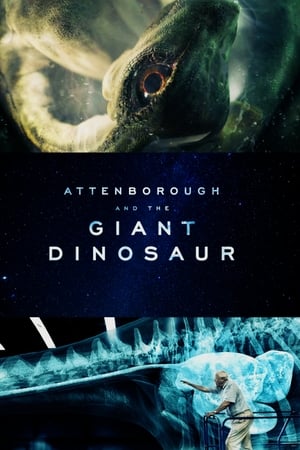 7.7
7.7Attenborough and the Giant Dinosaur(en)
David Attenborough tells the story of the discovery and reconstruction in Argentina of the world's largest-known dinosaur, a brand new species of titanosaur.
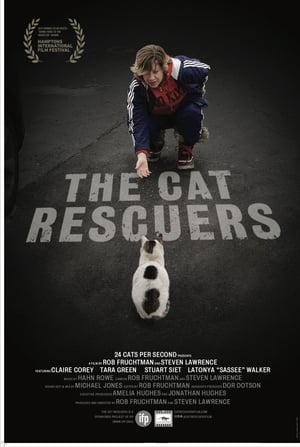 7.0
7.0The Cat Rescuers(en)
More than half a million feral cats prowl the streets of New York City, struggling to survive each day. With no official policies in place to aid the abandoned animals or curb their growing population, animal welfare activists enter the breach. The Cat Rescuers follows four dedicated, street-smart volunteers working tirelessly in Brooklyn to help save as many felines in need as possible, no matter the personal sacrifices they must make.
 0.0
0.0Super Senses(en)
We take our features, our noses, eyes, and ears for granted, but they are pretty weird things until you look at the nose of a tapir or desman, the eyes of a cuttlefish or chameleon, or the ears of a seal or elephant. There is an almost endless variety of designs, and some are downright odd!
 0.0
0.0Hope Ways(pt)
Amid the 2019 drought in Brazil’s Northeast, Madalena loses her mother in a tragic event that changes her life. Alone, she joins a rebellion at the Grajaú farm in Canudos, where a community rises against government neglect. A violent State response turns their hope into sorrow. Later, journalist Júlia returns to uncover the truth, hearing from people like Lúcia, a grieving mother. As Júlia investigates, hidden stories emerge: Madalena's forbidden love with rebel João and Pedro's thirst for revenge after losing his father to political violence. Their paths cross in a tale of justice, pain, and redemption. Inspired by Ariano Suassuna, famed for "A Dog’s Will", this short film is a prelude to "A Pena e a Lei", created by 9th-grade students from Escola SESI Cambona, in Maceió, Brazil. It was screened at the SESI Festival of Art and Culture in July 2023, touching audiences with its emotional and socially conscious narrative.
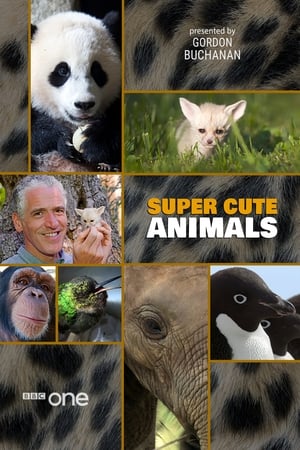 7.7
7.7Super Cute Animals(en)
Gordon Buchanan goes to meet the world's cutest animals to reveal their hidden biology, and find out why people have such a strong emotional response to them.
Metamorphose(nl)
Documentary on the different stages in the development from caterpillar to butterfly.
 7.9
7.9Step Across the Border(en)
An avant-garde documentary film on English guitarist, composer and improviser Fred Frith.
Walking with Students(en)
Join nature presenter Barnaby Clutterbuck in this deep dive into the rich and beautiful lives of the creatures that inhabit universities.
 5.9
5.9Song of the Horse(ja)
An old man talks about a horse and human relations to his grandchild through the growth of the Derby horse. Akira Kurosawa's visual poem for the horse, the creature which he loved.
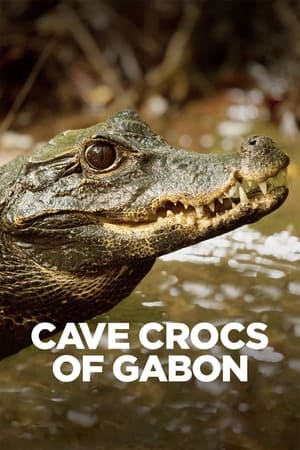 8.0
8.0Cave Crocs of Gabon(en)
A caving expedition recently discovered a community of dwarf crocodiles living in the Abanda Caves, Gabon. The crocs are living in pitch darkness, hunt bats and some have bright-orange skin. Part of the original team returns to find out more about this bizarre phenomenon. It's mission impossible to access the crocs world and there's no way of knowing what they might find.
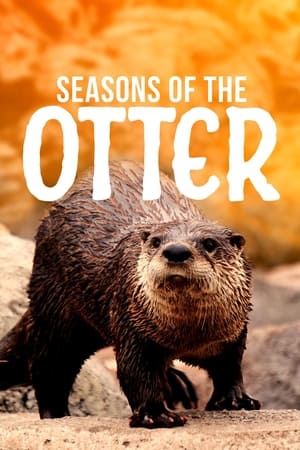 0.0
0.0Seasons of the Otter(en)
Two otter pups have been carefully watched over by their mother for a year, but her tireless work will soon come to an end. From here on the pups will have to fend for themselves, one day maybe starting an otter family of their own.
 8.3
8.3Dino Bird(en)
Dino Bird is a visually spectacular one-hour film that explores the life of the endangered southern cassowary through the eyes of matriarch Bertha, as she and her family strive to survive in the tropics of northern Queensland in the oldest rainforest on Earth. Over the course of one tumultuous season, Bertha, her partner and her chicks battle fearsome predators and formidable rains, but also play an invaluable role in sustaining life in this ecological hotspot. Dino Bird is an intimate and rarely seen portrait of one of Australia's last remaining southern cassowaries.
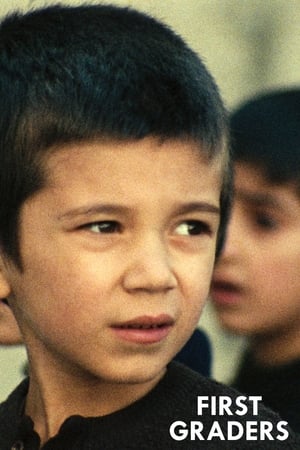 6.7
6.7First Graders(fa)
A documentary film about a boys school in Iran. The film shows numerous, funny and moving interviews of many different young pupils of this school summoned by their superintendent for questions of discipline. The man is not severe, but clever and fair. He teaches loyalty, fellowship and righteousness to these boys. Besides these interviews, we see scenes of this school’s quotidian life.
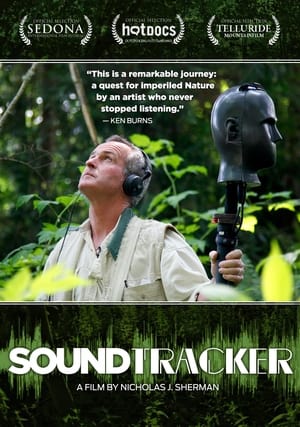 0.0
0.0Soundtracker(en)
Pure sound unaltered by human hands is becoming increasingly difficult to find. Gordon Hempton is an Emmy Award-winning sound recordist who has spent the last 30 years trying to find and record the vanishing sounds of nature in an attempt to capture a disappearing sensory experience. Filmmaker Nick Sherman observes Hempton in the wilderness for 30 days and uncovers an obsessive artist on a quest for perfection in this obscure medium. Hempton’s natural ability to locate and articulate himself through sound has a contagious energy and gives his work a transportive quality. Soundtracker is a fascinating meditation on the world’s changing landscape and the things we may be leaving behind in the service of progress.


